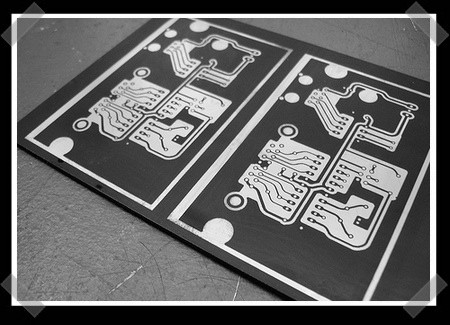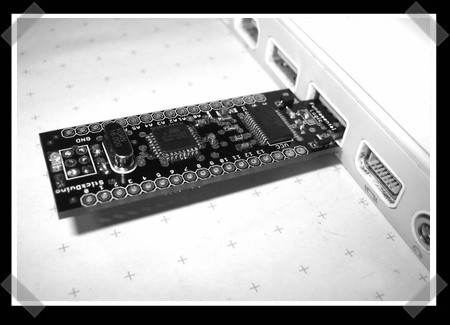
Ruin & Wesen are a two person shop creating specialized music gear. As part of their recent MIDI Command development, they got into case manufacturing. They purchased a mini CNC mill to cut the aluminum cases. Unhappy with the software options provide [Wesen] decided to write his own G-code generator. G-code is part of the numerical control used to command CNC machines. He implemented his interpreter using the language he’s most familiar with: Common Lisp (not surprising if you notice the website’s backend). The post covers the design philosophy used and some of the problems that came up. We look forward to future releases since the interpreter can generate milling code using processing.org sketches and cut PCBs directly from Eagle.
You may remember Ruin & Wesen from when they shared their Eagle layout videos.
[Thanks fbz]
















